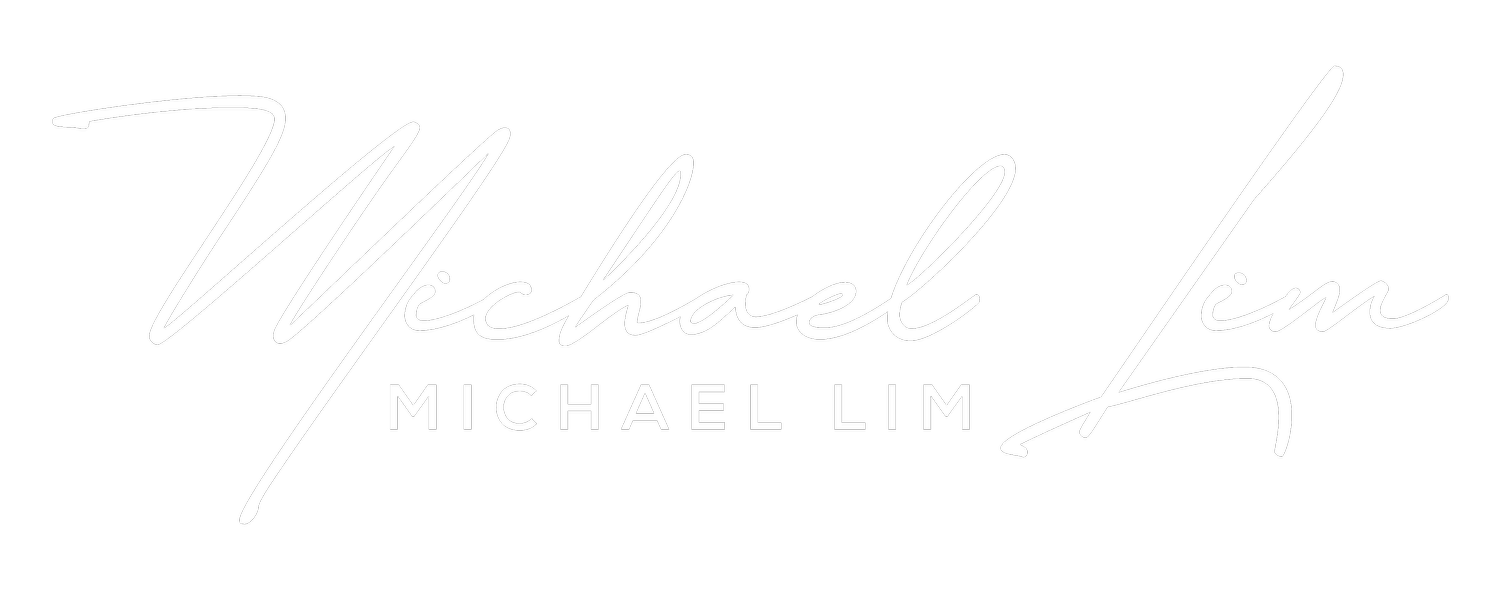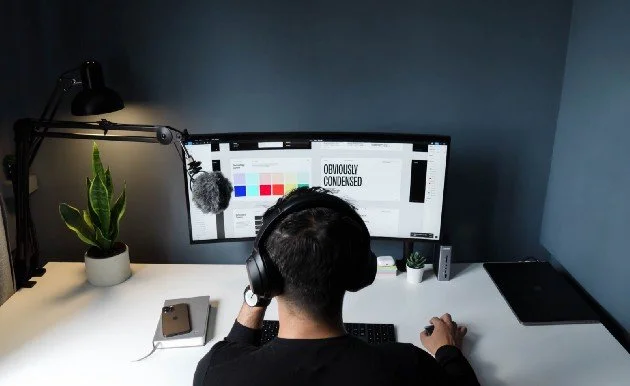The 6-Step Process I Used To Turn My Side Hustles Into a Full-Time Job
Use this approach to create the life you want for yourself.
Photo by Faizur Rehman on Unsplash
When I first started to tell people that I was leaving my six-figure job to work for myself, most of the responses I got were:
“That’s such a big move. Well done for taking the risk.”
“Wow. I don’t know anyone who’s taken a bet on themselves.”
“I’ve always thought of taking a career jump, but could never bring myself to do it.”
The reaction I got ranged from people who were worried about me to people who had a quiet admiration for what I was about to do but were too scared to ever do it themselves.
Sometimes I even got looks of pity from people who tried it before and failed.
But I still couldn’t quite figure out why people thought it was a risky decision.
I honestly felt it was the next logical decision in my journey to where I needed to go next.
That’s when I realized:
Most people don’t have a plan to escape their 9–5 jobs. Even if they hate it. They stick with it hoping one day something will change but never actually take action to make it happen.
But if you always do what you’ve always done, you’ll always get what you get.
You need to do what most people won’t so you can live like most people can’t.
Here’s some context
The decision to leave my job was not something I made overnight.
I spent the better part of 18 months thinking and creating an escape plan.
During that time:
I had started writing on Medium and made a decent monthly side income.
I launched a successful and profitable podcast.
I created my own freelance business where I worked with clients before and after work as well as on weekends.
I started to consistently create content on LinkedIn and Instagram to build my unique professional brand.
I sought out paid board and committee appointments not attached to my occupation.
I saved close to $80,000 in cash as a ‘runway fund’ so that I wasn’t too pressured with making money very early on.
I read close to 200 non-fiction books, numerous YouTube videos and blog posts about people’s experiences starting their own businesses and what skills and mindsets they needed.
My resignation was a well-thought-out and strategic decision.
As you can see, I already made a well-resourced life raft that could carry me through stormy weather.
The stories of people taking out a second mortgage and putting everything on the line to launch their business can make for great reading, but that was not my story at all.
I took a series of calculated risks that validated my assumptions and interest in working for myself before I took the leap.
Here’s how you can do the same thing.
#1 Understand what your interests are.
To find what you’re interested in, answer these questions:
What would you happily do as a job even if there was no money involved?
What do you tend to read and talk about all day?
What do your friends and family say makes you energized or excited?
Start with whatever answers first come to mind. Even if you feel like your hobby of photographing model trains will never pay the bills.
Hold the judgment, just follow your interest.
Takeaway: Any business you want to start to inherently peak your interest, otherwise, you won’t stick with it. More on this later.
#2 Create a side hustle around these interests.
Once you’ve got a clear understanding of what your interests are, it’s time to test them in the real world.
How do you do this? Start a side-hustle.
From a young age, I had a natural affinity for writing and reading. I remember spending days and weekends reading books and writing about whatever came to my mind.
Now I wanted to see if I could turn these interests into a potential business.
Enter the side hustle.
I began writing on Medium in 2019 as a bit of an experiment.
I won’t say it was easy, but over time, I fell in love with the writing process. I feel terrible if I go a day without writing. If I don’t write, it feels like I’ve held in a sneeze.
In the beginning, I barely made any money from my articles. Now I am bringing in a couple of hundred dollars a month and I’ve been writing consistently for 2 years. I can see myself writing forever.
I repeated this same process for starting a podcast and also a freelance consulting business.
Think big about what you want to achieve, take small actions every day, and iterate quickly if you enjoy it.
Side hustles that you do from 5:00 am to 8:00 am or 5:00 pm to 9:00 pm will set you free from your 9–5 ball and chain.
Takeaway: Side hustles are low risk. They help you validate whether you’ve got an interest and more importantly, the skills to make this venture profitable.
#3 Once you have a side hustle, learn to be patient.
Don’t start a side hustle just for the promise of the money. You’ll have zero resilience when things take longer than they need to.
I was writing on Medium for close to 2 years before I started to make any real money on the platform. I did it mainly because I really enjoy writing. I feel a sense of accomplishment and clarity when I write about challenging topics.
I would write for free. I would do the podcast for free. I enjoy the intellectual stimulation of my consulting job. Money was simply a by-product of my natural talents and persistence.
Takeaway: Patience with results, impatience with actions. Anything worthwhile takes time. Rome wasn’t built in a day and neither will your side hustle.
#4 Never stop learning.
Even if you feel like you’ve made it.
The day you stop learning is the day that you die. Complacency sets in and you start to stagnant.
I am constantly taking online courses, reading books and listening to podcasts on how to improve my writing and business. I tinker all the time and try new things to see if they fit with me.
It’s not enough to do the same thing every day. You must do new things that will teach new things. Yes, you might fail. But that’s all part of the process.
If you don’t fail occasionally you’re not taking big enough risks.
Takeaway: Learning occurs over iteration cycles, not the amount of time you put in. Don’t track hours, track changes. You want to have 10,000 iterations rather than 10,000 hours.
#5 Scale.
Ideally, you want a side hustle that can make money for you while you sleep.
Any side hustle that is closely attached to the number of hours you put in is a job in disguise.
The value you bring should be based on output, not input.
I’ve had articles that have made me thousands of dollars that I spent about 30 minutes writing. I’ve also had articles that have made little money that I spent hours developing.
After building a substantial portfolio of online content, I have articles I wrote months and even years ago that still make money for me.
Takeaway: There is no guarantee of making any money with any particular article you write, but there is also no limit to how much money you could make.
#6 Liberate (optional)
At some point, my full-time job started to become a liability.
I had stopped growing in the role, I found the work boring and repetitive and I didn’t have confidence in the leadership of my organization.
If I hadn’t spent time building a bridge to escape, I would have been in a tougher situation to leave my job as quickly as I did.
You’ll know when this time comes. It will just feel right.
You will often go to your day job wishing you were working on your side hustle.
I would often daydream and plan articles while I was working. When I had some downtime, I would work on my articles rather than on my job.
I now have a portfolio career. I am the Founder of my own consulting agency, blog, podcast and have a variety of paid board and committee positions.
Takeaway: You don’t have to quit your job. Especially if you like it and get paid well. You can use your job to take more risks on your side hustle.
Summary
The internet has massively broadened the types of jobs available to this generation.
Becoming a full-time blogger or podcaster was not a profession that existed when my parents were growing up, but it is a very real profession now.
You can take active steps to leave your full-time job by creating a side-hustle.
A side hustle is a low-risk hedge against the uncertainty of the working world. Not having a side hustle is the biggest risk you can take.
___________________________________________
If you enjoyed this article, you can connect with me HERE.
You can also support more of my work by becoming a Medium Member using my referral link: michael-lim.medium.com

